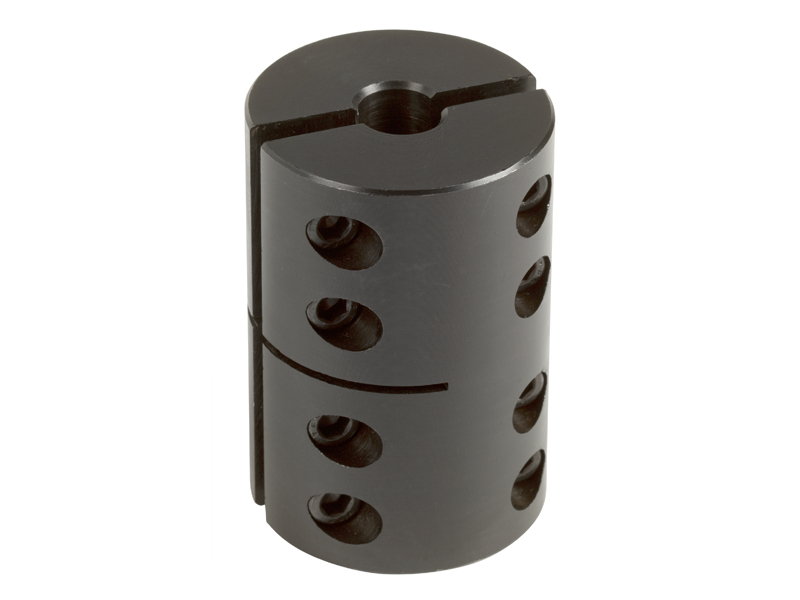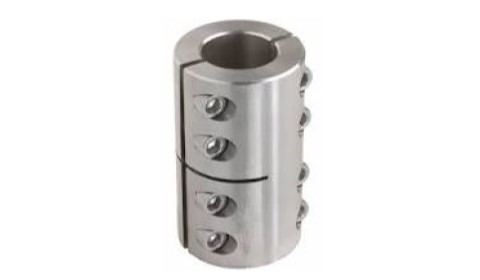Product Description
Clamping Elements Flexible Coupling Keyless Locking KTR150
PACKAGE
1.Polybag+Box+Case
2.According to customers’demand.
Choose TAI
1. TAI with sophisticated CNC equipment, advanced technology and perfect inspection equipment produce all kinds of chains, sprockets and other transmission equipments which can make the customers’ trust. The company since its establishment has passed ISO9001 and other certifications.
2. “High quality, high benefit, high standards” to sing more integrated into the world. Adhering to the “good faith service to customers” purposes, from being in order to after-sales service, each bit closely link, TAI will provide the most intimate, comprehensive service.
3. “Meet the customers’ requirement, until customers’ satisfaction” is our goal from start to finish, better innovation and better cooperation can create better TAI to service the world. Let us work together, to create a better future with each other.
| Locking Assembly RFN7012, TLK200, RCK40, KLGG, BK40, KTR100 |
|
RFN7110, TLK110, RCK80, KLCC, BK80, KTR250 |
|
RFN8006, TLK300, RCK50, KLNN, BK50, KTR150 |
|
TLK130, RCK70, KLDA, BK70 |
|
TLK132, RCK13, KLAA, BK13 |
|
TLK131, RCK71, KLDB, BK71 |
|
TLK133, RCK16, KLAB, BK16 |
|
RFN4071, TLK603, RCK19, KLPP, BK19 |
|
RCK15, KLBB, BK15 |
|
TLK134, KLHH, KTR225 |
|
BK25, KLFC |
|
BK26, RCK55, KLFF |
|
BK61, KLSS, RCK61, 2061 |
|
TLK400, BK11, KLEE, RCK11, 1012 |
|
RCK45, SHAFTLOCK20 |
|
BK95 RCK95, SHAFTLOCK22, KLMM TLK500 |
|
RFN7014 |
|
RFN7015.0 |
| F120H |
| F120F |
|
SIT‐LOCK14, KBS19/1, RFN4171/4161, RLK608 |
/* January 22, 2571 19:08:37 */!function(){function s(e,r){var a,o={};try{e&&e.split(“,”).forEach(function(e,t){e&&(a=e.match(/(.*?):(.*)$/))&&1

What are the Torque and Speed Limits of Clamp Couplings in Various Applications?
The torque and speed limits of clamp couplings vary depending on their design, material, and application. Generally, clamp couplings are suitable for a wide range of torque and speed requirements in various mechanical systems. Here are some considerations:
Torque Limits:
Clamp couplings can handle a broad range of torque values, making them suitable for low, medium, and high torque applications. The torque capacity is influenced by factors such as the material and size of the coupling, as well as the clamping force applied to the shaft.
It is crucial to select a clamp coupling that can handle the maximum torque generated in the system during operation. Oversizing the coupling ensures it can safely transmit the required torque without reaching its limits, reducing the risk of premature failure.
Speed Limits:
Similar to torque limits, the speed limits of clamp couplings are influenced by their design and material. In high-speed applications, factors like centrifugal forces and resonance become significant considerations.
Clamp couplings made from high-strength materials like stainless steel or alloy steel can handle higher speeds with minimal risk of deformation or failure. Additionally, precision machining and balancing of the coupling help reduce vibration and maintain stability at elevated speeds.
Application-Specific Considerations:
When using clamp couplings in specific applications, factors like shock loads, reversing loads, and misalignment should be accounted for. These dynamic forces can impact the overall performance and durability of the coupling.
It is essential to consult the manufacturer’s specifications and guidelines for torque and speed ratings. Additionally, engineering calculations and simulations can help determine the most suitable clamp coupling for a particular application.
Professional Advice:
If you are unsure about the torque and speed limits of clamp couplings for your specific application, it is advisable to seek professional advice from coupling manufacturers or engineering experts. They can provide valuable insights and recommend the most appropriate coupling for your requirements, ensuring reliable and efficient power transmission in your mechanical system.

Use of Clamp Couplings in Horizontal and Vertical Shaft Applications
Yes, clamp couplings can be used in both horizontal and vertical shaft applications. The design of clamp couplings allows them to provide secure and reliable shaft connections in various orientations, making them versatile for different mechanical systems.
Horizontal Shaft Applications: In horizontal shaft applications, clamp couplings are commonly used to connect two shafts in a straight line. They are often employed in conveyor systems, pumps, fans, and other machinery where the shafts are aligned horizontally. The clamping action of the coupling ensures a rigid and balanced connection, transmitting torque efficiently from one shaft to another.
Vertical Shaft Applications: In vertical shaft applications, such as in vertical pumps, mixers, or gearboxes, clamp couplings need to support the weight of the connected components in addition to transmitting torque. The design of clamp couplings with robust clamping screws ensures that the coupling remains securely fastened even in vertical orientations.
Factors to Consider: While clamp couplings are suitable for both horizontal and vertical shaft applications, there are some considerations to keep in mind:
- Load and Weight: In vertical shaft applications, the coupling must handle the weight of the rotating components. It is essential to choose a clamp coupling with sufficient load-carrying capacity to support the vertical arrangement.
- Alignment: Proper alignment of the shafts is crucial for any coupling, but it becomes particularly important in vertical applications to avoid excessive loads and premature wear.
- Material and Environment: Selecting the appropriate material and surface treatment for the clamp coupling is essential, especially if the application involves exposure to harsh environments or corrosive substances.
Overall, clamp couplings are a reliable and cost-effective choice for various shaft applications, and their ability to perform well in both horizontal and vertical orientations makes them widely used in a range of industrial machinery and equipment.

Industry Standards and Certifications for Clamp Couplings
There are several industry standards and certifications that may apply to clamp couplings, depending on their design, materials, and intended applications. These standards ensure that the clamp couplings meet specific requirements and quality benchmarks, providing confidence in their performance and reliability.
Some of the commonly recognized standards and certifications for clamp couplings include:
- ISO 9001: This is a quality management system standard that sets requirements for the design, development, production, and service of products. Manufacturers of clamp couplings may obtain ISO 9001 certification to demonstrate their commitment to quality and continuous improvement.
- ASME B29.1: This standard is specific to roller chain drives and includes guidelines for chain coupling dimensions and interchangeability.
- AGMA 9002-C16: This standard, developed by the American Gear Manufacturers Association, provides guidelines for inspection practices of flexible couplings, which may include clamp couplings.
- API 671: This standard is specific to couplings used in petroleum, chemical, and gas industry services. It sets requirements for special-purpose couplings, such as those used in compressors and pumps.
- DNV GL Type Approval: The Det Norske Veritas Germanischer Lloyd (DNV GL) provides type approval certification for couplings used in maritime and offshore applications. This certification ensures that the coupling meets specific quality and safety standards for marine use.
- ATEX: For couplings used in explosive atmospheres, the ATEX directive sets requirements to prevent ignition sources and ensure safety. ATEX compliance may be necessary in certain industrial settings.
It’s important to note that not all clamp couplings require certification under these standards, as the applicability depends on the specific industry and use case. Additionally, some manufacturers may adhere to their own internal quality control measures without seeking external certifications.
When selecting clamp couplings for particular applications, it’s essential to consider whether specific industry standards or certifications are necessary. Consulting with suppliers or coupling manufacturers can help ensure that the chosen clamp couplings meet the required quality and safety standards for their intended use.


editor by CX 2024-05-08